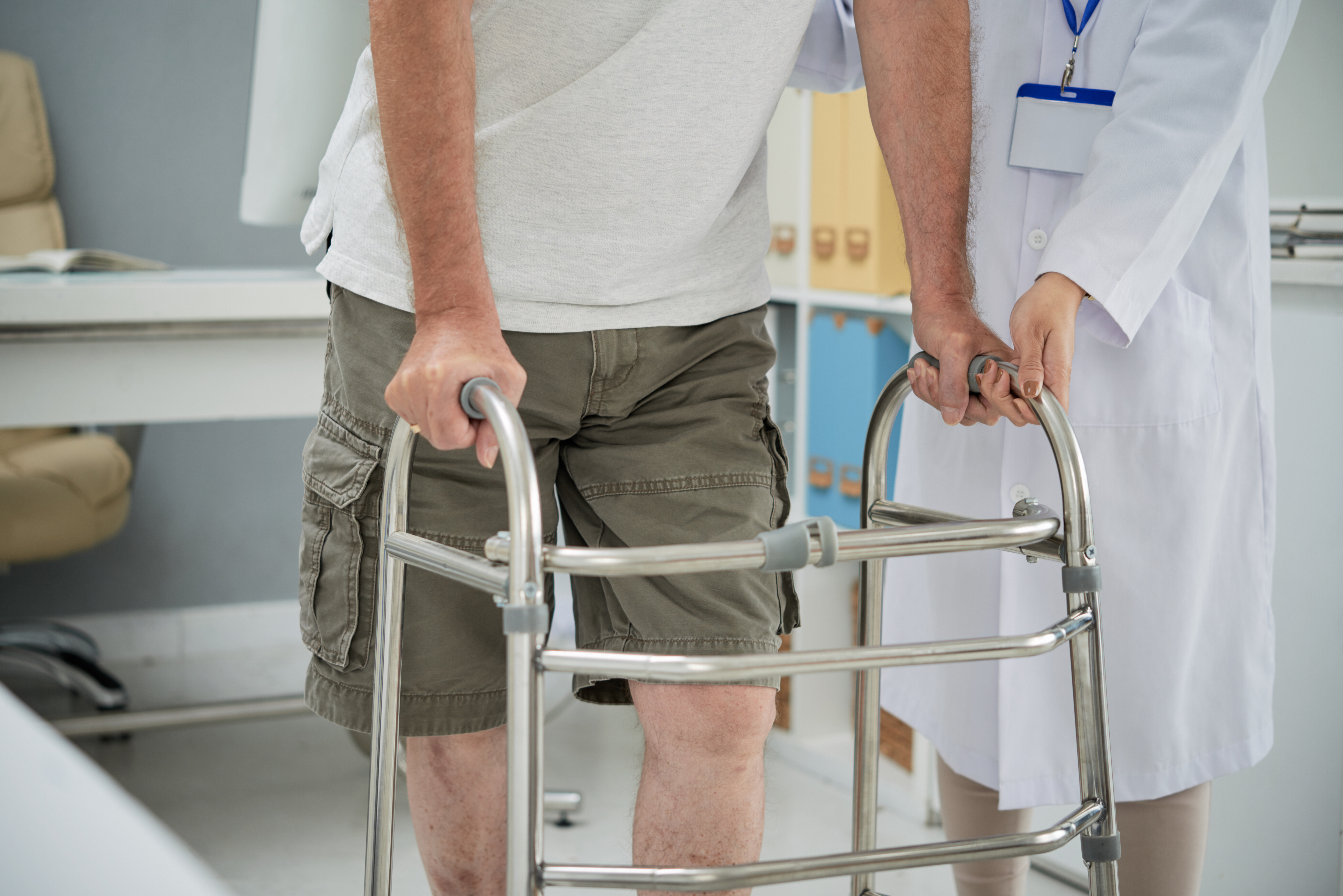
Post-Surgical Rehabilitation: The Role of Physiotherapy
Undergoing surgery is a significant life event that demands careful attention and management to ensure a smooth recovery. After surgery, the path to full recovery often involves post-surgical rehabilitation, a critical process that helps individuals regain strength, function, and mobility. Physiotherapy plays a vital role in this rehabilitation process, offering tailored exercises and treatment plans that promote healing, reduce pain, and restore optimal function. This blog will explore the importance of physiotherapy in post-surgical rehabilitation and how it can improve recovery outcomes.
What is Post-Surgical Rehabilitation?
Post-surgical rehabilitation refers to a structured, guided recovery process following surgery. It involves working with a physiotherapist to restore movement, strength, and flexibility to the affected area. The goal is to minimize pain, reduce the risk of complications, and help the patient regain independence. Rehabilitation typically begins soon after surgery, with the physiotherapist assessing the patient's condition and designing a personalized recovery plan.
Why is Physiotherapy Important in Post-Surgical Rehabilitation?
Physiotherapy offers numerous benefits during post-surgical recovery. Some of the key reasons to incorporate physiotherapy into your rehabilitation process include:
1. Accelerates Healing
One of the main benefits of physiotherapy is its ability to accelerate the healing process. Physiotherapists use techniques such as massage, ultrasound, and electrotherapy to promote blood flow and reduce swelling, which helps speed up the body's natural healing process.
2. Pain Management
After surgery, pain can be a significant obstacle to recovery. Physiotherapists use various pain management techniques, including cold and heat therapy, manual therapy, and gentle exercises to help alleviate discomfort and reduce inflammation. Proper pain control is essential to allow the patient to engage in rehabilitation activities effectively.
3. Reduces the Risk of Complications
Post-surgical rehabilitation helps prevent complications such as joint stiffness, muscle atrophy, and loss of range of motion. Physiotherapists guide patients through gentle, progressive exercises to avoid these complications and ensure that the body heals properly.
4. Improves Mobility and Strength
After surgery, it is common to experience a reduction in mobility and strength, especially if the surgery involved a joint or limb. Physiotherapists design exercises that help improve flexibility, strength, and mobility, allowing the patient to regain their functional abilities and return to daily activities.
5. Restores Normal Function
Physiotherapy is essential in helping patients return to their normal functional abilities. Whether it’s walking, climbing stairs, or lifting objects, physiotherapists create rehabilitation programs that help restore full function and prevent future injuries.
Common Post-Surgical Physiotherapy Techniques
During post-surgical rehabilitation, physiotherapists use various techniques, including:
1. Therapeutic Exercise
Therapeutic exercises are the cornerstone of post-surgical rehabilitation. Physiotherapists guide patients through specific exercises that focus on strengthening muscles, improving flexibility, and enhancing joint mobility.
2. Manual Therapy
Manual therapy involves hands-on techniques such as joint mobilizations and soft tissue manipulation to improve movement and relieve pain. This approach helps restore function and reduce stiffness in the affected area.
3. Electrotherapy
Electrotherapy uses electrical currents to stimulate the muscles, reduce pain, and promote healing. It can help reduce inflammation and enhance tissue repair.
4. Heat and Cold Therapy
Heat and cold therapy are commonly used to manage post-surgical pain and swelling. Cold therapy helps reduce inflammation, while heat therapy improves blood circulation and promotes tissue healing.
5. Education and Advice
A crucial aspect of physiotherapy is education. Physiotherapists teach patients proper body mechanics, posture, and movement patterns to reduce strain on the affected area and avoid further injury.
When Should Post-Surgical Rehabilitation Begin?
Rehabilitation can begin as soon as it is medically safe, which depends on the type of surgery and the patient's individual condition. In some cases, physiotherapy may begin immediately after surgery to reduce swelling and promote circulation. However, more intense rehabilitation exercises typically start a few days or weeks after surgery, once the healing process has progressed sufficiently.
Conclusion: The Importance of Physiotherapy for Recovery
Post-surgical rehabilitation is an essential part of the recovery process. By working with a physiotherapist, patients can manage pain, prevent complications, and regain strength and mobility following surgery. Physiotherapy provides the tools and support necessary to optimize recovery and help individuals return to their regular activities with minimal discomfort. If you’ve recently undergone surgery, consider consulting with a physiotherapist to ensure a faster, more complete recovery.

